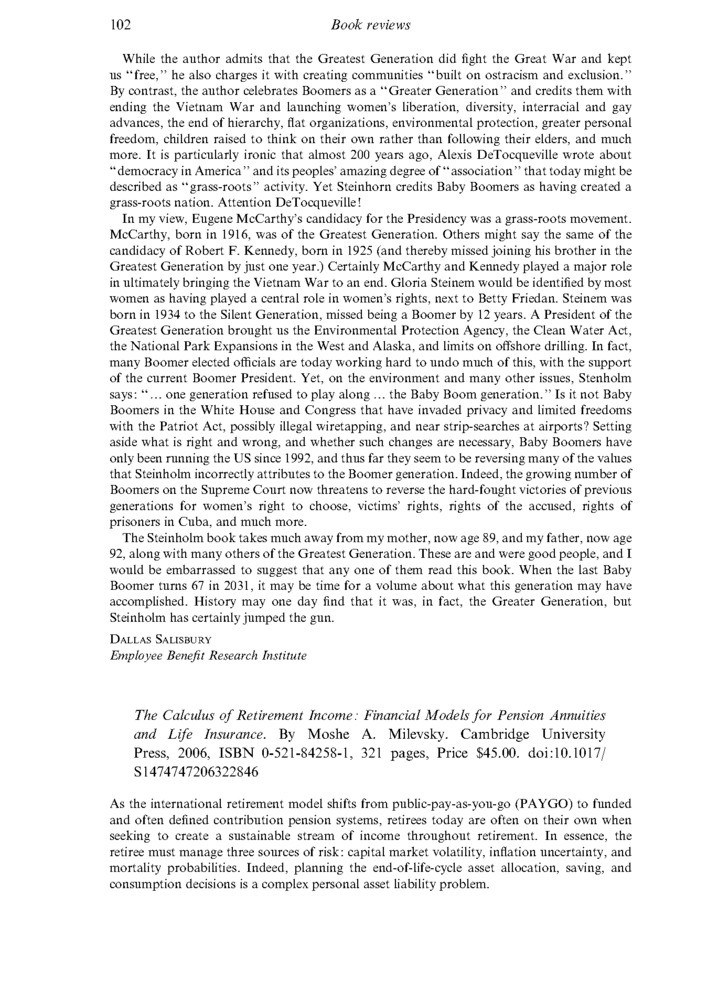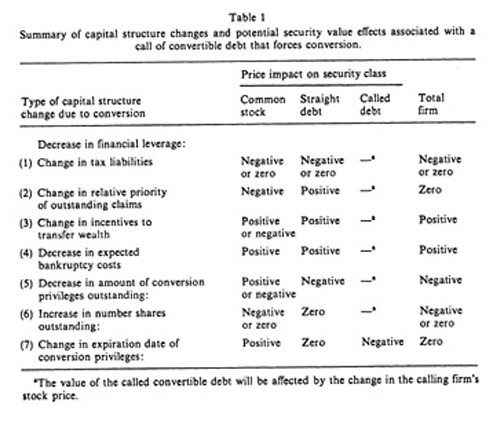Financial Economics Journal
Post on: 14 Апрель, 2015 No Comment

Mauritius’s mutual fund market has been growing rapidly and is now at par with other developing nations. Among the most important factors that explain its growth are, development of the financial market and the need for advanced investment tools. These give the financial institutions the opportunities to develop and offer a number of different financial products. In many developing countries, including Mauritius, the financial system is often dominated by banks, which are typically oligopolistic in structure, and concentrate on short-term lending rather than lending for long-term projects that are critical for rapid economic growth and development. Therefore, the development of Non-Bank Financial Institutions (NBFIs) that deal mainly in the capital market, becomes imperative. The more widened the base of financial institutions, the more the possibilities of risk. Moreover, the government of Mauritius is continuously encouraging the development of the mutual fund market and desires to provide a good capital market environment. Existing and new investors are also showing greater interest in such type of investments.
Studies on mutual funds’ performance appraisal have been burgeoning in the literature (McDonald, 1974; Miller and Gressis, 1980; Grinblatt and Titman, 1992; Brown and Goetzmann, 1997; Wermers, 1997; and Kaminsky et al., 2001). However, most of the existing works have overwhelmingly concentrated on developing countries case. Empirical assessment of the African case, especially of Small Island Developing States, has been very scarce not to say inexistent. This study is believed to supplement the literature by providing new evidence from an emerging economy, Mauritius, which is one of the best performers of the continent. The objective of this paper is two fold. It first attempts to measure the performance of Mauritian mutual funds. In this part of the study, three performance measures have been used, namely, the Sharpe ratio, the Treynor ratio and the Jensen’s alpha. Second, the paper evaluates the individual performances of the selected funds by conducting an empirical investigation of the performance of mutual funds. Funds have been ranked based on their performance vis—vis the SEMDEX index. Data for the period 2003-2007 have been used.

The paper discusses the background of mutual funds in the country, and then it reviews the related literature. Subsequently, it explains the methodology and analyzes the results. Finally, it concludes the discussion.














